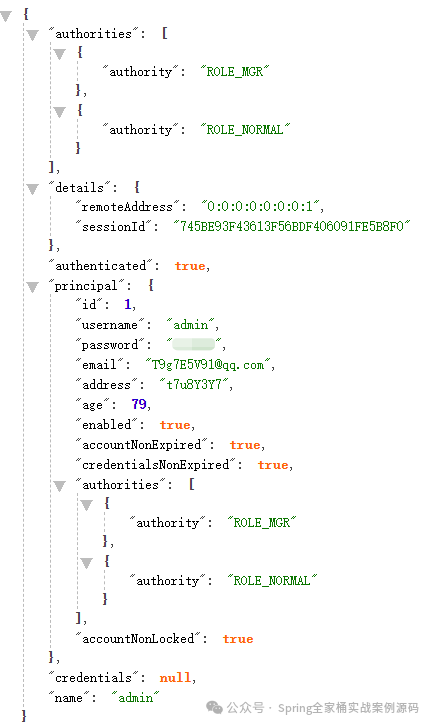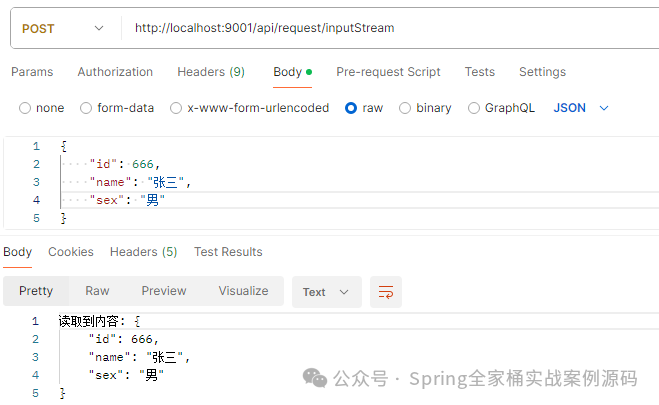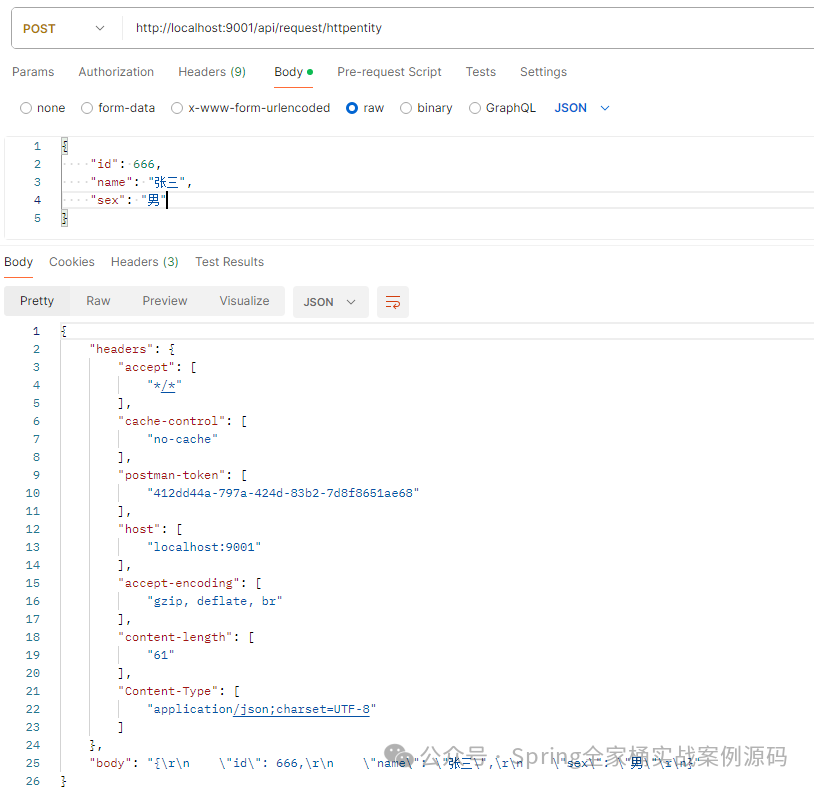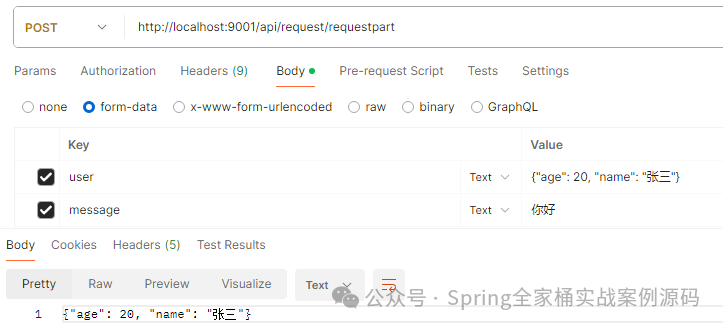环境:SpringBoot3.2.5
1. Optional包装参数
请求参数通过java.util.Optional包装
@GetMapping("/optional")
public Object optional(Optional<String> name) {
return String.format("请求参数: %s", name.orElse("")) ;
}通过Optional接受参数,效果等同于
public Object optional(@RequestParam(required=false) String name){}与将required设置为false效果一样(@RequestHeader同样)
2. 便捷获取Servlet API
在请求参数中你可以使用WebRequest, NativeWebRequest两个任意对象来获取Request,Response,Session等对象。
@GetMapping("/servlet/api")
public Object servletApi(WebRequest request, NativeWebRequest webRequest) {
String name = request.getParameter("name") ;
// 获取Servlet API
HttpServletRequest req = webRequest.getNativeRequest(HttpServletRequest.class) ;
HttpServletResponse resp = webRequest.getNativeResponse(HttpServletResponse.class) ;
HttpSession session = webRequest.getNativeRequest(HttpSession.class) ;
return "servlet api" ;
}当然你可以直接写你需要的具体对象
public Object servletApi(HttpServletRequest req,
HttpServletResponse resp) {
// ...
}NativeWebRequest本身提供了很多通用的方法,并且还可以获取其它对象,使用起来更加方便。
3. 获取当前认证用户
你的请求参数还可以使用java.security.Principal该对象用来获取当前请求中已经认证过的用户信息。这尤其在使用Spring Security时非常有用,在Security中的Authentication接口实现了Principal。
@GetMapping("/principal")
public Object principal(Principal principal) {
return principal ;
}输出如下:
 图片
图片
4. 获取请求其它信息
你还可以非常方便的获取当前请求Method及Locale等信息。
@GetMapping("/other")
public Object other(HttpMethod method, Locale locale) {
return method.name() + ", " + locale.toString() ;
}
// 输出
GET, zh_CN除此之外,你还可以获取时区信息java.util.TimeZone, java.time.ZoneId。
5. 读取输入流
将请求body中的内容以流InputStream形式获取。
@PostMapping("/inputStream")
public Object inputStream(InputStream is) throws Exception {
return String.format("读取到内容: %s",
StreamUtils.copyToString(is, StandardCharsets.UTF_8)) ;
}输出结果:
 图片
图片
6. 获取Header&Body
通过HttpEntity获取请求header及body内容信息;
@PostMapping("/httpentity")
public Object httpentity(HttpEntity<String> entity) {
return Map.of(
"headers", entity.getHeaders(),
"body", entity.getBody()
) ;
}输出结果:
 图片
图片
7. 获取当前请求URI
如果你想获取当前请求的Schema,Host,Port,上下文,那么你可以通过如下参数获取
@GetMapping("/uri")
public Object uri(UriComponentsBuilder builder) {
return builder.toUriString() ;
}输出结果:
http://localhost:9001/api。
只包含了schema://host:port/context
8. 获取请求的部分
如果你的请求是multipart/form-data,那么你可以通过如下方式获取部分请求信息
@PostMapping("/requestpart")
public Object requestpart(@RequestPart("user") String user) {
return user ;
}请求结果:
 图片
图片
你还可以以JSON对象读取,如下:
public Object requestpart(@RequestPart("user") User user)注意,对象接受时,你需要设置每part的Content-Type
Content-Type: multipart/mixed
--edt7Tfrdusa7r3lNQc79vXuhIIMlatb7PQg7Vp
Content-Disposition: form-data; name="user"
Content-Type: application/json; charset=UTF-8
Content-Transfer-Encoding: 8bit
{
"age": 20,
"name": "张三"
}没有设置Content-Type将会抛出415错误。
9.重定向保存属性
指定在发生重定向时使用的属性(即要附加到查询字符串中的属性)以及要在重定向请求期间临时存储的属性。
@PostMapping("/")
public String handleFileUpload(RedirectAttributes redirectAttributes) {
// 重定向后能够获取到这里指定的属性信息
redirectAttributes.addFlashAttribute("message", "You successfully uploaded file!");
// 重定向
return "redirect:/";
}通过该种方式,重定向后页面中也能获取设置的属性信息。




































